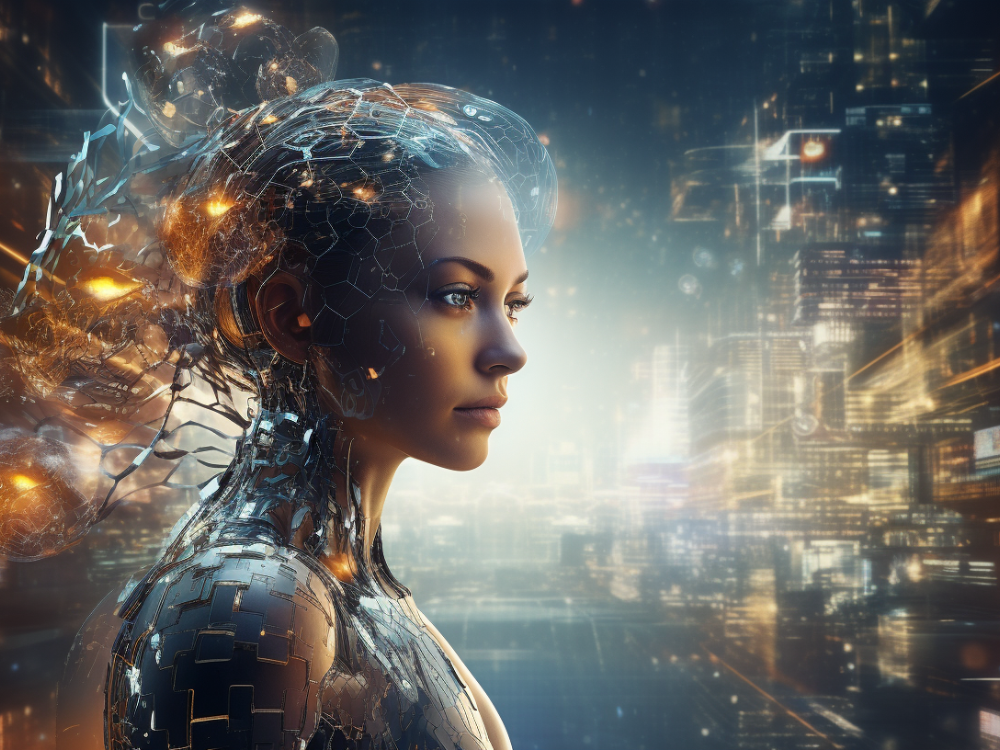Sequoia Capital: GenAI is Revolutionizing Productivity Ten Times Faster

At Sequoia's AI Ascent conference, several partners conducted a systematic review of the development of GenAI in the past 18 months. The progress of the GenAI field has been far more rapid than expected.
Although the application layer outbreak is not as optimistic as predicted by the market a year ago, Sequoia US partners also noted that the emergence of smarter foundational models, such as Sora, Claude-3, and other new models launched recently, will accelerate the PMF cycle of AI products in the future. Additionally, new technologies take time to mature, and revolutionary applications take time to emerge.
AI can already create and reason. For instance, GenAI can generate text, images, and audio/video, while chatbots can answer questions and assist with multi-step task planning like an agent. This is a significant advancement, as no software has been able to handle both right-brain creative tasks and left-brain logical tasks before. This means that software can now handle both creative and logical tasks, allowing for human-like interaction. This has significant implications for business models.
Why Now
Sequoia partner Pat Grady explains why AI technology is set to explode in the near future by drawing parallels with the evolution of the cloud industry over the past 20 years. Cloud computing has been a major technological shift, disrupting the previous technology landscape and introducing new business models, applications, and human-computer interactions. Similarly, AI is poised to bring about significant changes in various industries. It is advancing in creativity, logical reasoning, and human-computer interaction. In the future, AI could replace software services, unlocking a market potential of tens of trillions of dollars. This presents an unprecedented opportunity for value creation.
Now, AI is Everywhere
Estimates suggest that GenAI generated approximately $3 billion in revenue in the year following its emergence, not including revenue generated by tech giants and cloud service vendors through AI. To put this in perspective, SaaS took nearly a decade to reach this level. The speed and scale of GenAI's growth instills confidence that it is here to stay.
The demand for AI is not limited to one or two applications, but encompasses everything. A closer look at revenue and usage data for various AI applications reveals that startups and established technology companies alike have found suitable product-market fits in a range of industries, resulting in a diverse array of application scenarios. Additionally, there has been a rise in foundation model companies that have secured significant funding, while the application layer appears to be in its early stages.
Future: Everything is Generated
AI is a productivity revolution driven by cost on a grand scale. Throughout history, productivity revolutions have followed a similar pattern: people using tools, then people working with machines, and eventually people working with collaborative, networked tools. This suggests that the development of AI will gradually evolve from a single point to a highly integrated network, which will dramatically change the way we work and produce.
A year ago, Jensen Huang predicted that in the future, images would no longer be rendered but generated. This means that we are transitioning from storing information as a matrix of pixels to representing it as a multidimensional concept. Computers will not only be able to render multidimensional representations as images, but also contextualize them. This means they can understand the meaning of 'a' as a letter in a specific context, rather than just an isolated symbol. This ability is a central feature of human thinking. When we learn the letter 'a', we don't memorize a matrix of pixels, but grasp an abstract concept.
The implications for businesses are significant. Companies are currently incorporating AI into specific processes and KPIs. This trend is important because it means they could function like a neural network, where parts connect and work together, learning and adapting to each other in a self-optimizing way to become more efficient. The interplay between these technologies can encourage individuals to be more productive, which could lead to the emergence of more one-person companies.



















